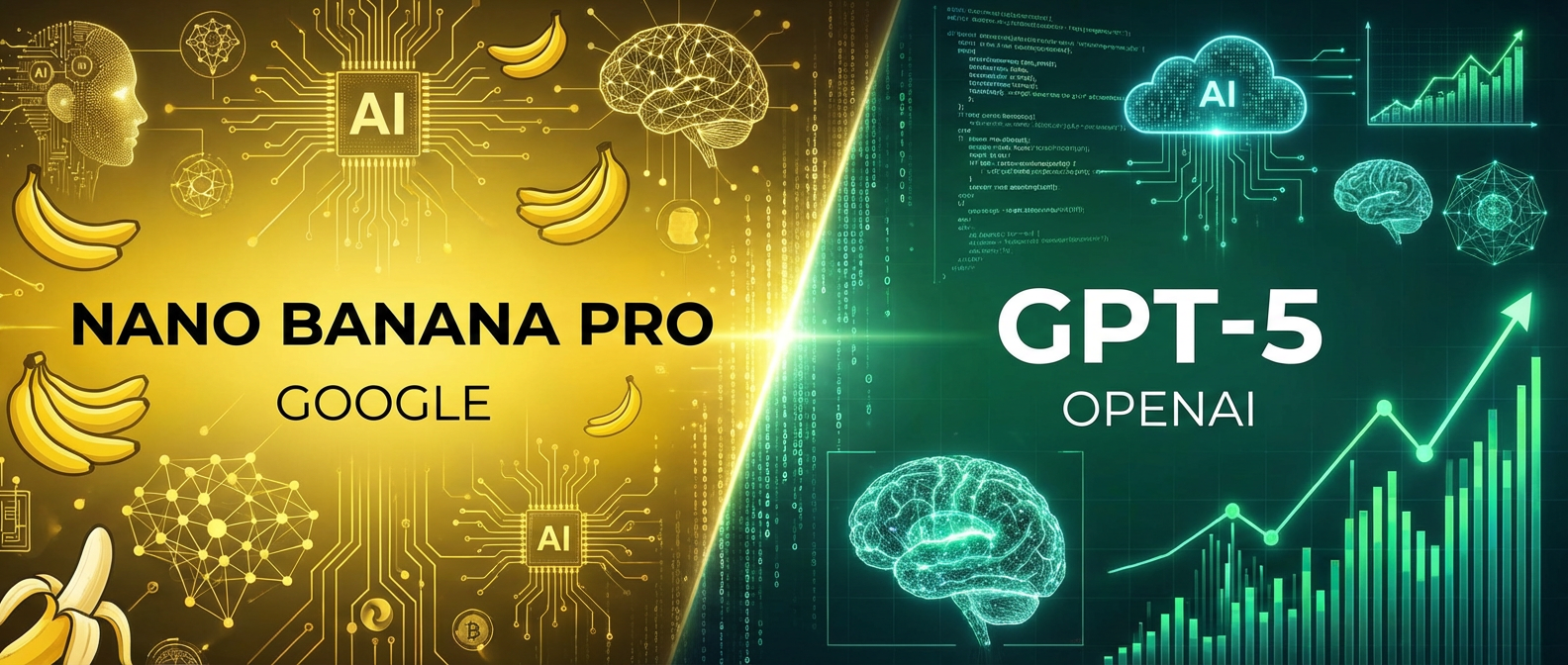In 2024, Apple adds advanced artificial intelligence to iPhones and iPads in iOS 18. On WWDC 2024, Apple has promised a revolutionary change in how we would interact with our most used devices. This update is impressive but it also raises questions about user adaptability and privacy.
Exploring Apple's AI Integration
The latest AI rollout from Apple adds dozens of features for everyday use. First of all, Siri gets much smarter and useful. It will have context-aware suggestions. Photos will have real-time photo analysis based on human language. That will also work via Siri and AI-driven app functions. Overall, Siri will evolve to offer much more active help. To be aware of context and more useful than before just because of that. The new features aim to make daily tasks easier and to be an actual ‘personal assistant’. iOS and Siri will do this by predicting user needs and giving timely suggestions. For example, Siri can now suggest actions based on your calendar and emails. It can even consider your daily routines. This makes Siri more integral to your daily life.
All of the AI functions are designed to learn from user habits to better anticipate and meet their needs. These features will redefine how users interact with their devices. They will make them more intuitive and responsive.

Real-Time Processing and Predictive Analytics
Enhancing User Experience with AI
iPhones and iPads will soon use real-time processing more. This helps manage complex tasks well. For example, it organizes photos and suggests actions based on email content. Devices also use predictive analytics to predict user needs. This improves task management and planning. This means your device can now offer better app suggestions. It can also prioritize notifications and automate tasks just based on your behaviour.
Personalization at Its Core
Devices adapt to individual usage patterns. They provide a tailored experience across apps and services. This is due to intensified personalization. This includes everything from personalized news feeds to custom workout plans. They are all made to make the user experience smoother and more engaging. Personalization for Apple now is not just about the look, but about how the devices function.

Genmoji and Image Generation
New iOS will enable you to send any emoji you have in mind without a long search and scrolling. Devices had emoji search already, but now, if the emoji is absent, iPhone may generate a new genmoji for you with anything you have in mind and want to express. Another useful feature is image playground. It will help to generate images with Apple Intelligence with a single sentence and to use it in various applications.
GPT Integration
In cases where Apple Intellegence will not be sufficient, iOS will offer to send information over to Chat GPT and to use its abilities and functions. That will help in more complex tasks and in work with larger portions of text.
Impact on Daily Activities
Boosting Productivity
AI-driven features simplify multi-step tasks and thus enhance productivity. For instance, AI capabilities streamline scanning and data extraction. They reduce manual input and errors. This is especially helpful for professionals. They rely on their devices for work. It can greatly cut the time spent on admin tasks.
Revamping Entertainment
The AI integration extends to entertainment. It refines media interaction with curated playlists and smart photo albums. The goal is to deliver a more personalized media experience. For example, your device can now suggest movies and music based on your past preferences. This makes it easier to find new content that you'll love.

A Critical View on Security and Privacy, Potential Privacy Concerns
Apple prioritizes security, but AI's growing data processing raises privacy concerns. Apple assures that all AI operations are on-device to protect user privacy. But, we have yet to see how well these measures work. Users must remain vigilant and understand the privacy settings available to them.
Challenges and Limitations
Adaptability and Learning Curve
The arrival of advanced AI may overwhelm some users. This is especially true for those less tech-savvy. The learning curve to use these new features is steep. It could be a drawback, even though those AI updates may arguably be the simplest AI instruments to use to date. Apple will need to provide clear guides and support and make AI tools simpler with next iOS versions. These will help all kinds of users adapt to the changes.
Dependence on AI
Many worry about users relying too much on AI. This might harm their ability to plan and solve complex problems. AI can greatly enhance efficiency. But, users (and companies) must keep a balance. They should not rely solely on automated suggestions as it raises a lot of new problems.
Comparative Analysis with Competitors
Apple vs. Google and Microsoft
Apple's AI advancements are impressive. But, how do they compare to competitors like Google and Microsoft? Both companies have also made big strides in AI. This is especially true in areas like voice recognition and predictive analytics. Google's Assistant and Microsoft's Cortana have been adding similar features. They are pushing the limits of what AI can do on mobile.
User Experience and Ecosystem Integration
One of Apple's strengths is its seamless ecosystem integration. Apple's AI features seamlessly work together across all devices, including iPhones and Macs. This is more cohesive for users. Google's and Microsoft's approach is more fragmented at this moment. However, it also means that users are more locked into the Apple ecosystem. This could be a disadvantage for those who prefer to use many platforms.
Future Prospects and Innovations
What Lies Ahead?
Looking forward, Apple's AI innovations are likely to keep evolving. They could be used more in augmented reality (AR) and virtual reality (VR) that Apple builds, including new Vision Pro devices. AI could integrate with ARKit and augmented reality. This integration could open new ways for immersive experiences. Also, AI advancements could lead to better health apps. They will embed these techs into daily life.
User Feedback and Iterative Improvements
As with any tech advance, user feedback will be key. It will shape the future of Apple's AI. By the way, AI for apple is ‘Apple Intelligence’, so a company has a clear naming and their own concept on how AI should develop. But after all, Apple iterates on its products based on user input. This will likely continue with its AI. Users can expect regular updates. They will fix the first problems and improve the whole experience.
Conclusion
Apple's 2024 AI features seem like a big leap in how iPhones and iPads are used. These systems promise better efficiency and a more personalized experience. But they also bring challenges that can affect user adaptability and privacy. Apple continues to innovate. But, it must balance these advances with clear rules. They must be easy to use and have strong privacy protections. This will make sure the AI powers help all users. They will do so without harming their security or autonomy.
This fair approach will boost user experience. It will also ensure that technology empowers, not creates dependency. As we move forward, it's crucial for both Apple and its users to navigate these changes carefully. They must use the benefits of AI while avoiding its pitfalls. What is difficult to argue with is the fact that Apple is now making AI tools much more widespread and used by more people in day to day tasks.
If you want to easily use AI models from a single and intuitive application, consider Writingmate. We developed this tool to simplify and enhance AI usage. Writingmate includes top AI models such as GPTs, Claude, Mistral, Llama, and more. Additionally, you can generate images with built-in DALL-E 3 and Stable Diffusion, all using natural language. It works great on desktop as a web application and provides help in various tasks.
For other detailed articles on AI topics, you may read our blog. We write about different language models, well-known and new. We share updates, news and tutorials about Artificial Intelligence and much more.
Written by
Artem Vysotsky
Ex-Staff Engineer at Meta. Building the technical foundation to make AI accessible to everyone.
Reviewed by
Sergey Vysotsky
Ex-Chief Editor / PM at Mosaic. Passionate about making AI accessible and affordable for everyone.



